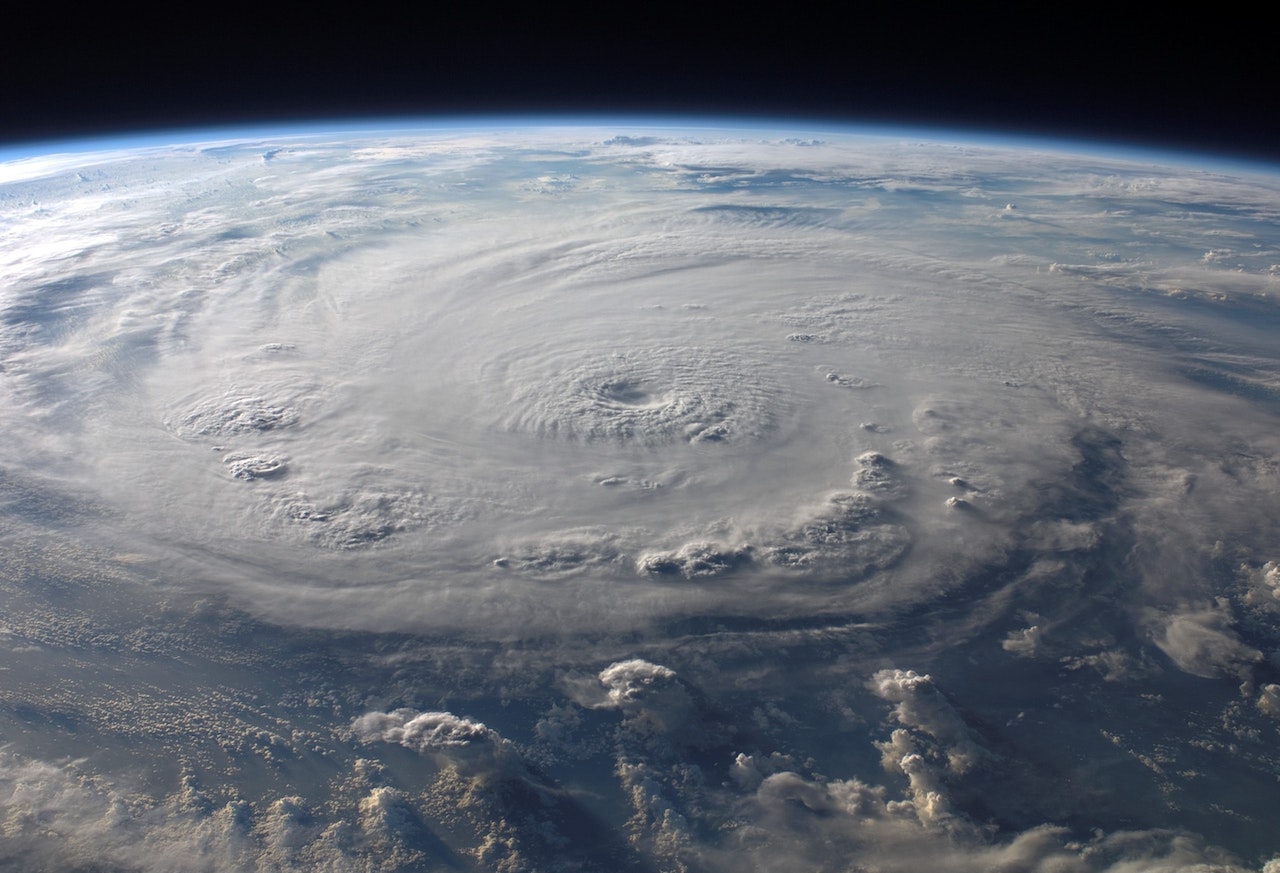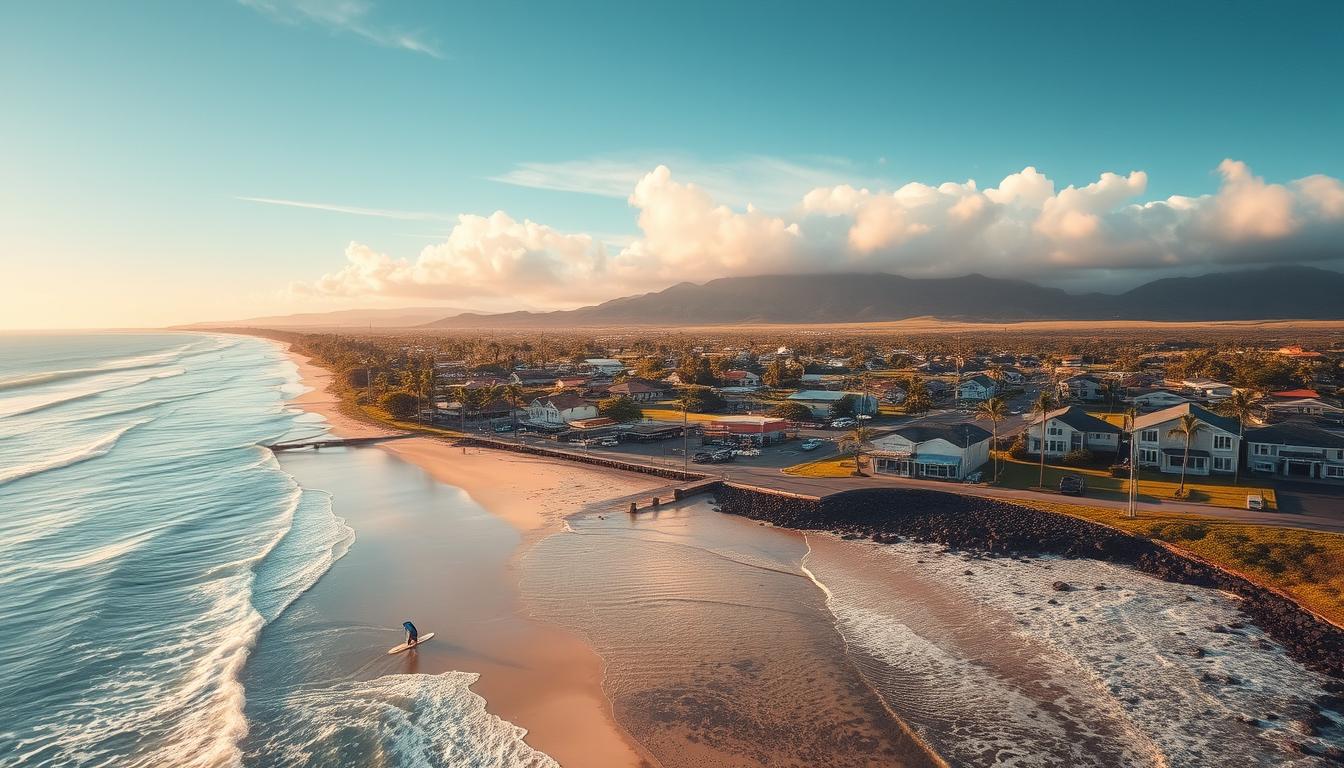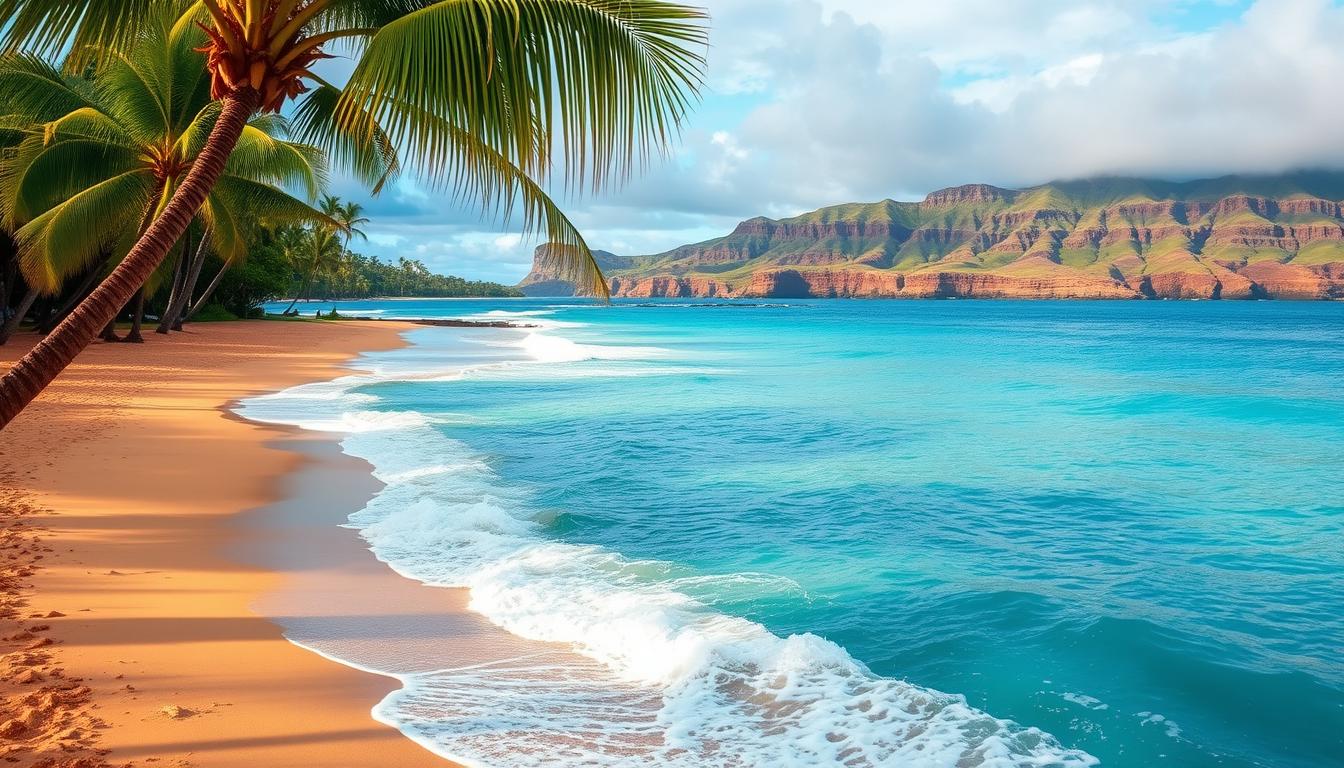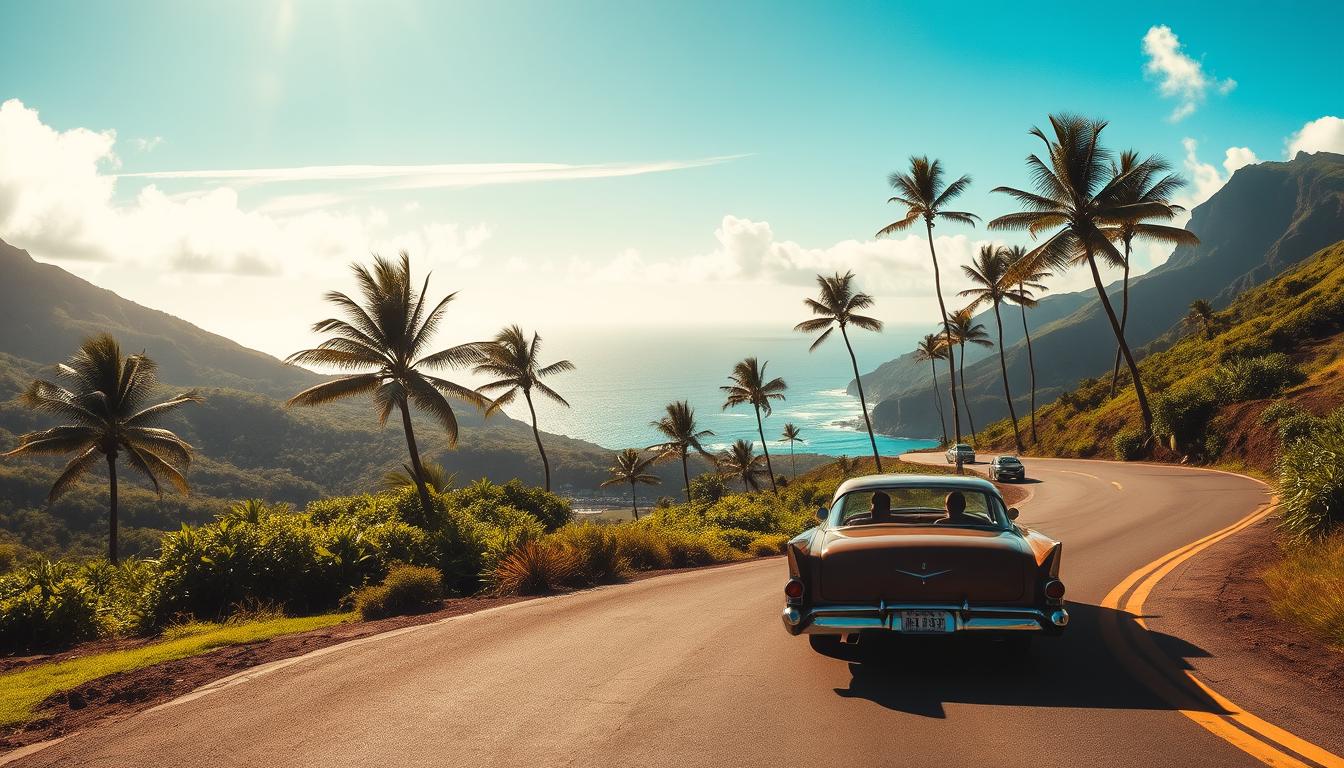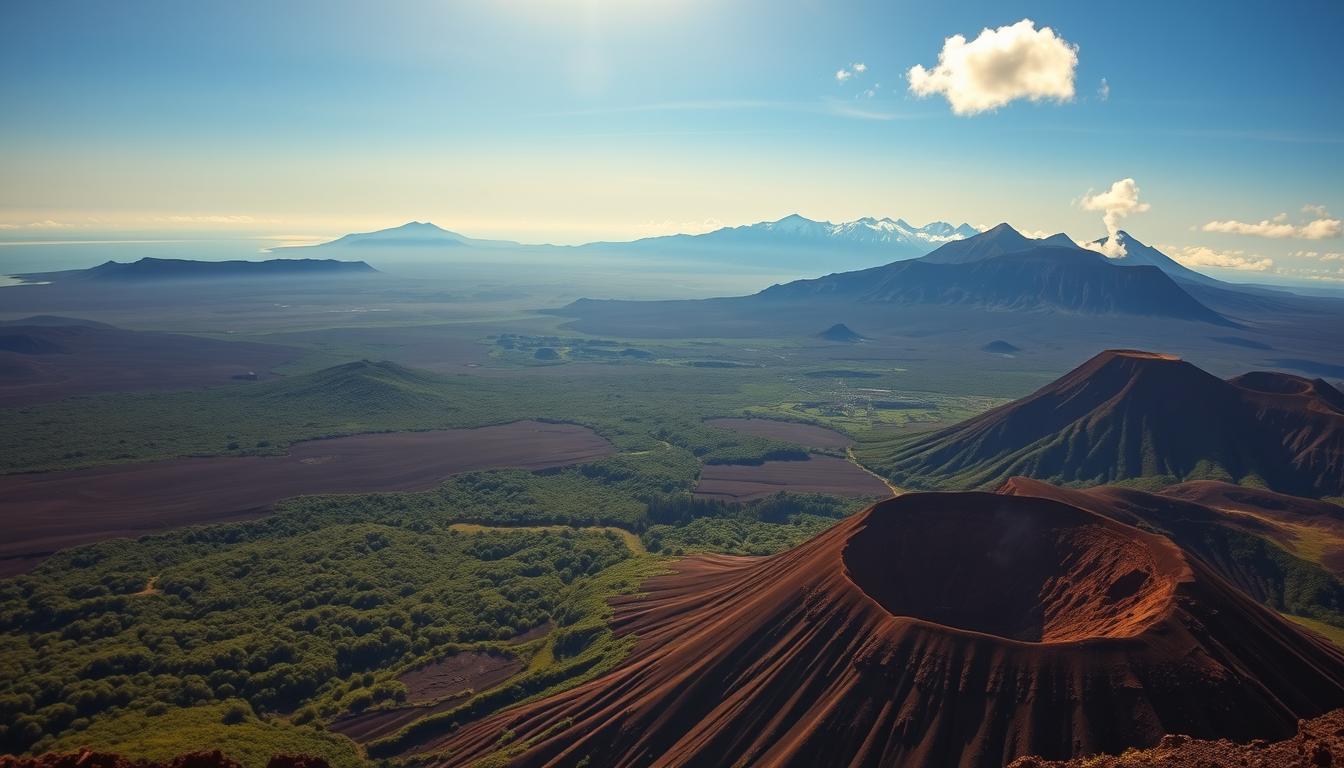The Hawaiian Islands have a long and rich history of being affected by hurricanes. These powerful storms have shaped the land and the people who live there for centuries.
Hurricanes and the Islands
Hurricanes, also known as typhoons or tropical cyclones, are massive weather systems that form over warm ocean waters. They are characterized by strong winds, heavy rains, and high waves. As these storms move over the ocean, they can gain strength and become more destructive.
First Recorded Storms in the 19th Century
The first recorded hurricane to hit the Hawaiian Islands was in 1871. This storm, known as the “Great Hurricane of 1871,” struck the island of Hawaii and caused widespread damage. The high winds and heavy rains caused landslides, flooding, and destruction of homes and crops. Many lives were lost and the island’s economy was severely impacted.
In the years that followed, several more hurricanes hit the islands, causing similar destruction. In 1877, a hurricane struck the island of Maui, causing widespread damage to homes and crops. In 1887, a powerful storm hit the island of Oahu, causing widespread flooding and landslides.
Despite the frequency of these storms, the Hawaiian Islands were not well-prepared for hurricanes. Many homes and buildings were made of thatch and bamboo, which offered little protection against the high winds and heavy rains of a hurricane. Additionally, the islands’ infrastructure was not designed to withstand the impact of a major storm.
Hurricane Preparedness Ramps Up in the 20th Century
It wasn’t until the 20th century that the Hawaiian Islands began to take hurricane preparedness more seriously. In the 1920s and 1930s, the government began to invest in building stronger homes and infrastructure, such as sea walls and levees, to better protect the islands from hurricanes.
Despite these efforts, the Hawaiian Islands were still hit by several major storms in the 20th century. In 1950, a powerful hurricane struck the island of Kauai, causing widespread damage. In 1959, Hurricane Dot hit the island of Oahu, causing widespread flooding and landslides.
Hurricane Iniki
Hurricane Iniki was a powerful and devastating storm that struck the island of Kauai in Hawaii on September 11, 1992. It was the first hurricane to make landfall in the state of Hawaii since 1959. The storm caused widespread damage and loss of life, and its impact is still felt on the island today.
Iniki was first identified as a tropical disturbance on September 5, 1992, and it quickly developed into a tropical storm as it moved westward across the Pacific Ocean. As it approached the Hawaiian Islands, it rapidly strengthened and became a Category 4 hurricane with winds of 145 mph.
On September 11, 1992, Hurricane Iniki made landfall on the island of Kauai. The storm hit the island with devastating force, causing widespread damage and destruction. High winds and heavy rains caused widespread flooding and landslides. Homes and buildings were destroyed, and many residents were left without power or running water.
The damage caused by Hurricane Iniki was extensive. More than 14,000 homes were damaged or destroyed, and many businesses were also affected. This storm caused an estimated $1.8 billion in damage, making it the costliest natural disaster in Hawaii’s history.
Storm Impact Continues to This Day
The impact of Hurricane Iniki on the island of Kauai was felt for years to come. Many residents were left homeless, and the island’s economy was severely impacted. The storm also caused significant damage to the island’s infrastructure, including roads, bridges, and power lines. It took years for the island to fully recover from the storm.
Despite the devastation caused by Hurricane Iniki, the island of Kauai and its residents showed remarkable resilience in the aftermath of the storm. Many residents came together to help rebuild their homes and communities. Local businesses, with the help of volunteers, were able to recover and reopen soon after the storm.
Hurricane Iniki also served as a wake-up call for the state of Hawaii and the entire country. The storm highlighted the need for better preparedness and emergency response in the face of natural disasters. In the years that followed, Hawaii and the federal government made significant investments in improving emergency management and disaster response capabilities.
Today, the island of Kauai has largely recovered from the impact of Hurricane Iniki. Many of the homes and buildings that were destroyed have been rebuilt, and the island’s economy has rebounded. However, the storm serves as a reminder of the power and destructive potential of hurricanes and the importance of being prepared for these types of natural disasters.
The Islands are Better Prepared
Today, the Hawaiian Islands are much better prepared for hurricanes. The government has implemented strict building codes and zoning regulations, which have helped to make homes and buildings more resistant to high winds and heavy rains. Additionally, the islands have developed early warning systems and evacuation plans to help protect residents in the event of a storm.
Despite these efforts, however, the threat of hurricanes to the Hawaiian Islands remains. Climate change is expected to bring more intense and more frequent storms to the region, which could cause even greater damage to the islands.
The Hawaiian Islands have a long history of being affected by hurricanes. These powerful storms have shaped the land and the people who live there for centuries. Today, the islands are much better prepared for hurricanes, but the threat remains. As residents and visitors, we must all be aware of the potential danger and take the necessary precautions to stay safe during a storm.

Scott Sweeney is the creator of Virtual Hawaii 360. Scott is a professional marketer and a lifelong Hawaii enthusiast. Scott splits time between Oahu and Dayton, Ohio. In addition to his marketing endevours, he is also a published Ukulele musician.

